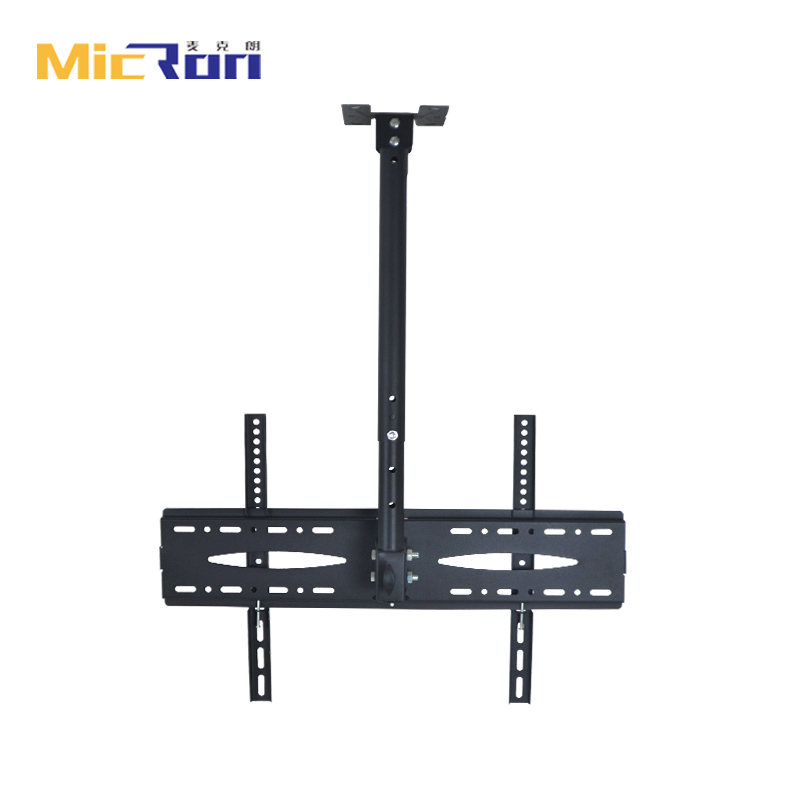China's TV Manufacturers Market Analysis and Competitive Landscape Insights
China's TV Manufacturers Market Analysis and Competitive Landscape Insights
The China Bracket for TV Manufacturers A Closer Look
China is often hailed as the epicenter of manufacturing, particularly in the electronics sector. With a burgeoning middle class and a rapidly growing demand for advanced technology, the country has become the world’s largest market for television sets. This phenomenon has significant implications for TV manufacturers both domestically and internationally. In this article, we will explore the current landscape of the TV manufacturing industry in China, its challenges, and the opportunities that lie ahead.
As of recent years, China's television manufacturing sector has evolved dramatically. Major brands such as TCL, Hisense, and Xiaomi have not only captured the domestic market but have also expanded their reach globally. These companies have invested heavily in research and development, focusing on enhancing the viewing experience through innovations such as 4K and 8K resolution, OLED technology, and Smart TV features that integrate streaming services and internet connectivity.
The China Bracket for TV Manufacturers A Closer Look
One of the primary challenges facing TV manufacturers in China is the saturation of the market. Consumers are increasingly reluctant to upgrade their devices frequently, leading to a slowdown in sales growth. As a response, many manufacturers have shifted their focus from quantity to quality—emphasizing premium features and experiences to entice consumers. For instance, the incorporation of artificial intelligence for personalized viewing recommendations and smart home integration has become a popular selling point.
china bracket for tv manufacturer

Additionally, the economic environment in China presents a complex backdrop for the TV manufacturing industry. Rising labor costs and supply chain disruptions, exacerbated by the COVID-19 pandemic, have necessitated a re-evaluation of manufacturing strategies. Companies are looking for ways to diversify their supply chains to mitigate risks associated with reliance on a single region. This could include exploring alternative manufacturing locations in Southeast Asia or investing in automation to enhance efficiency and reduce labor dependency.
On the regulatory front, the Chinese government's policies regarding technology and trade have important implications for TV manufacturers. Initiatives aimed at promoting domestic brands can create both opportunities and challenges for foreign companies. Understanding these regulations is crucial for manufacturers who want to maintain a competitive edge. Collaborations with local firms can help international companies navigate the intricate landscape of Chinese regulations and consumer habits.
The future of the TV manufacturing industry in China holds immense potential, driven by technological advancements and shifting consumer behaviors. Innovations in display technology, such as MicroLED and advancements in virtual reality, are likely to shape the next generation of televisions. Furthermore, as more consumers gravitate toward content streaming services, manufacturers are compelled to integrate robust software capabilities and user-friendly interfaces into their products.
In conclusion, the landscape of the television manufacturing market in China is both complex and dynamic. While challenges like market saturation and regulatory hurdles persist, the opportunities for growth remain substantial. As manufacturers adapt to changing consumer preferences and leverage technological advancements, they will continue to play a pivotal role in shaping the global television industry. The ‘China bracket’ for TV manufacturers is, therefore, a critical consideration for anyone involved in the electronics market, underscoring the importance of staying informed and adaptive in a rapidly shifting environment. The future of television is bright, and China will undoubtedly remain at its forefront.
-
Premium Tilt TV Mount Exporters | Durable & AdjustableNewsAug.02,2025
-
Apartment TV Mount Installation: Expert Guide & TipsNewsAug.01,2025
-
Top Tilt TV Mount Exporters | Premium Export SolutionsNewsJul.31,2025
-
Premium Tilt TV Mount Exporters | GPT-4 Turbo EnhancedNewsJul.31,2025
-
Reliable Tilt TV Mount Company & Manufacturer, Factory Direct PriceNewsJul.30,2025
-
Reliable Tilt TV Mount Company & Manufacturer, Factory Price & ServiceNewsJul.29,2025
